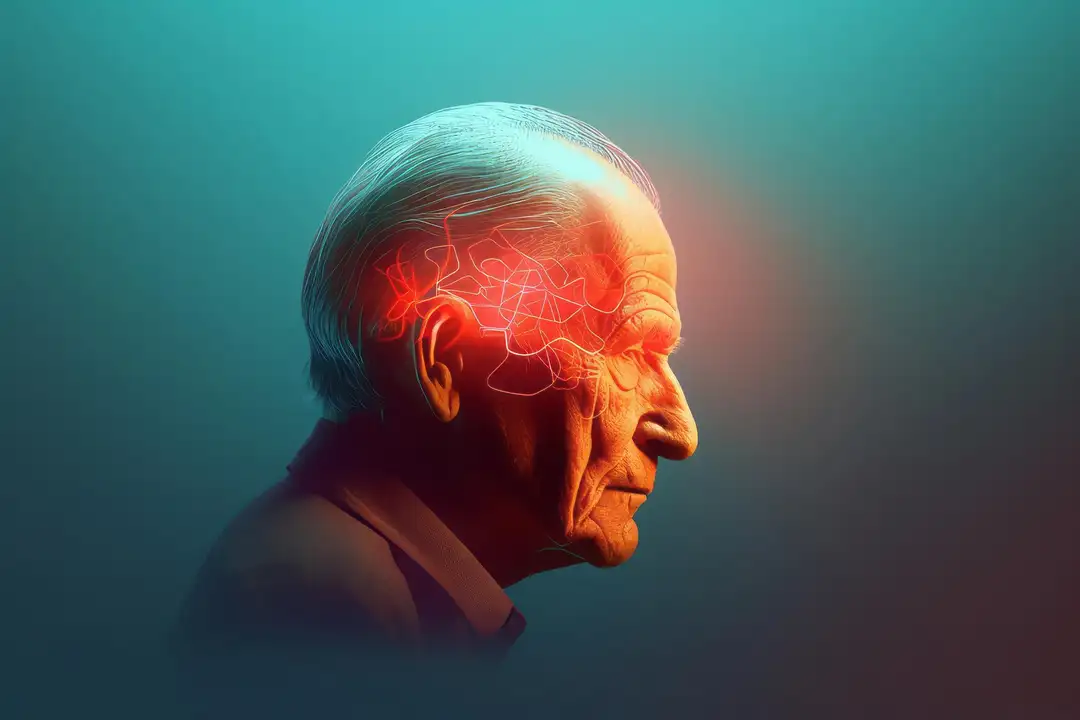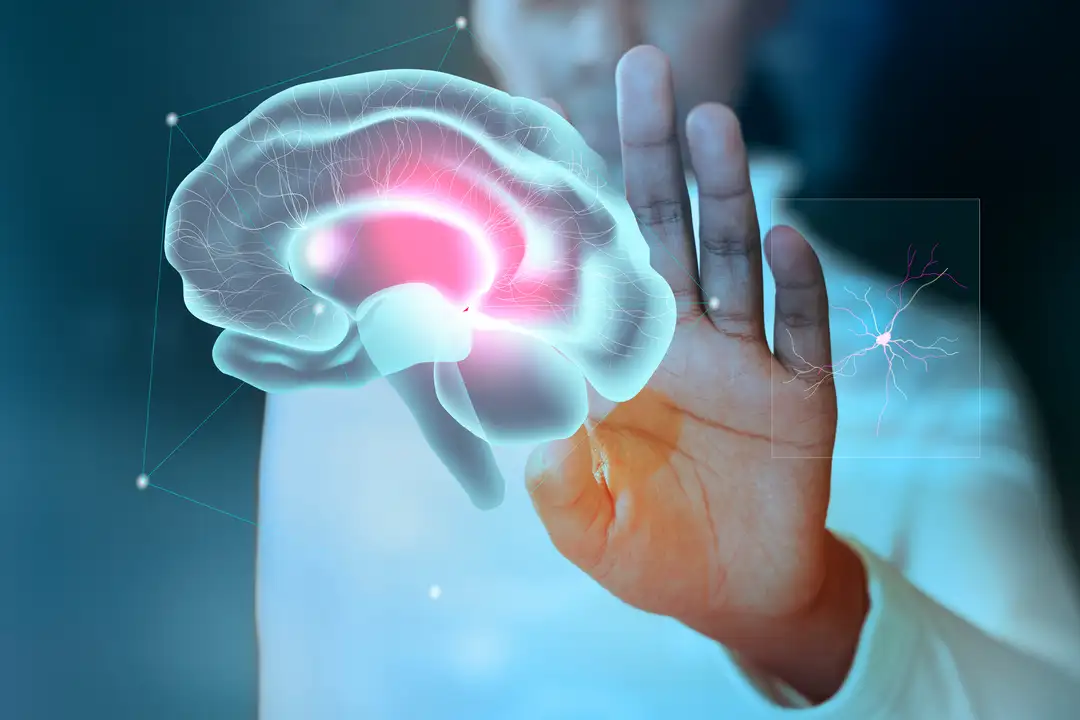
Benign prostatic hyperplasia (BPH) is a highly prevalent condition that affects the majority of men as they age1. The hyperplastic enlargement of the prostate gland leads to significant lower urinary tract symptoms (LUTS) that can greatly impair a patient's quality of life2. BPH Awareness Week, from September 24–30, serves as a reminder to clinicians about the importance of addressing this condition and the availability of effective modern treatments3.
Understanding the Epidemiology and Impact of BPH
BPH affects approximately 50% of men by age 60, with the prevalence increasing to nearly 90% by age 804. The condition causes bothersome symptoms, including:
- Urinary frequency, urgency, and nocturia5.
- A weak urinary stream and incomplete bladder emptying6.
These symptoms can disrupt daily life, disturb sleep, and lead to significant psychological distress7.
Modern Therapeutic Options
Management of BPH has evolved significantly. Clinicians now have a wide range of options, from medications to advanced procedures, tailored to each patient's needs.
- Pharmacotherapy: Alpha-1 adrenergic antagonists and 5-alpha-reductase inhibitors are often the first-line treatments8. These can be used alone or in combination, depending on symptom severity and prostate size9.
- Minimally Invasive Procedures: Technological advancements have introduced new options such as the UroLift implant system, Rezūm steam therapy, and laser enucleation10. These procedures provide effective symptom control with shorter recovery times and fewer side effects compared to traditional surgery11.
- Surgical Interventions: For severe or refractory cases, traditional surgical methods like transurethral resection of the prostate (TURP) remain a viable option12.
Clinical Implications
Proactive evaluation and individualized treatment for BPH are essential to minimize the symptom burden and improve daily functioning for patients13. Healthcare providers should routinely assess LUTS in aging male patients and discuss all available therapies with them, weighing the benefits, risks, and patient preferences14. Patient education during BPH Awareness Week can also enhance engagement and treatment adherence15.
Conclusion
BPH is a common but impactful condition in aging men, with symptoms that can severely affect their quality of life16. The range of modern pharmacologic and minimally invasive therapies gives clinicians powerful tools to restore urinary function and improve patient well-being17. Emphasizing proactive prostate care during BPH Awareness Week supports better clinical outcomes and highlights the critical role of men’s health in community health18.
Explore our resources on urology and men's health to stay up-to-date with the latest guidelines and therapeutic options.
References
- American Cancer Society. Cancer Facts & Figures 2025. Atlanta: American Cancer Society; 2025.
- Siegel RL, Miller KD, Fuchs HE, Jemal A. Cancer statistics, 2025. CA Cancer J Clin. 2025;75(1):7-33.
- National Comprehensive Cancer Network (NCCN). Clinical Practice Guidelines in Oncology (NCCN Guidelines®): Prostate Cancer. Version 1.2025.
- Litwin MS, Saigal CS. Prostatitis. N Engl J Med. 2021;384:253–263.
- Foster HE, Dahm P, Kohler TS, et al. Benign Prostatic Hyperplasia. N Engl J Med. 2023;389:2050-2060.

Written by Oncologia Brasil
About
Oncologia Brasil is a specialized oncology platform with a team of experts covering all aspects of cancer treatment, providing relevant content and personalized solutions. Its goal is to meet the needs of healthcare professionals, pharmaceutical industries, and patients by offering reliable and up-to-date information to improve cancer understanding and management.



